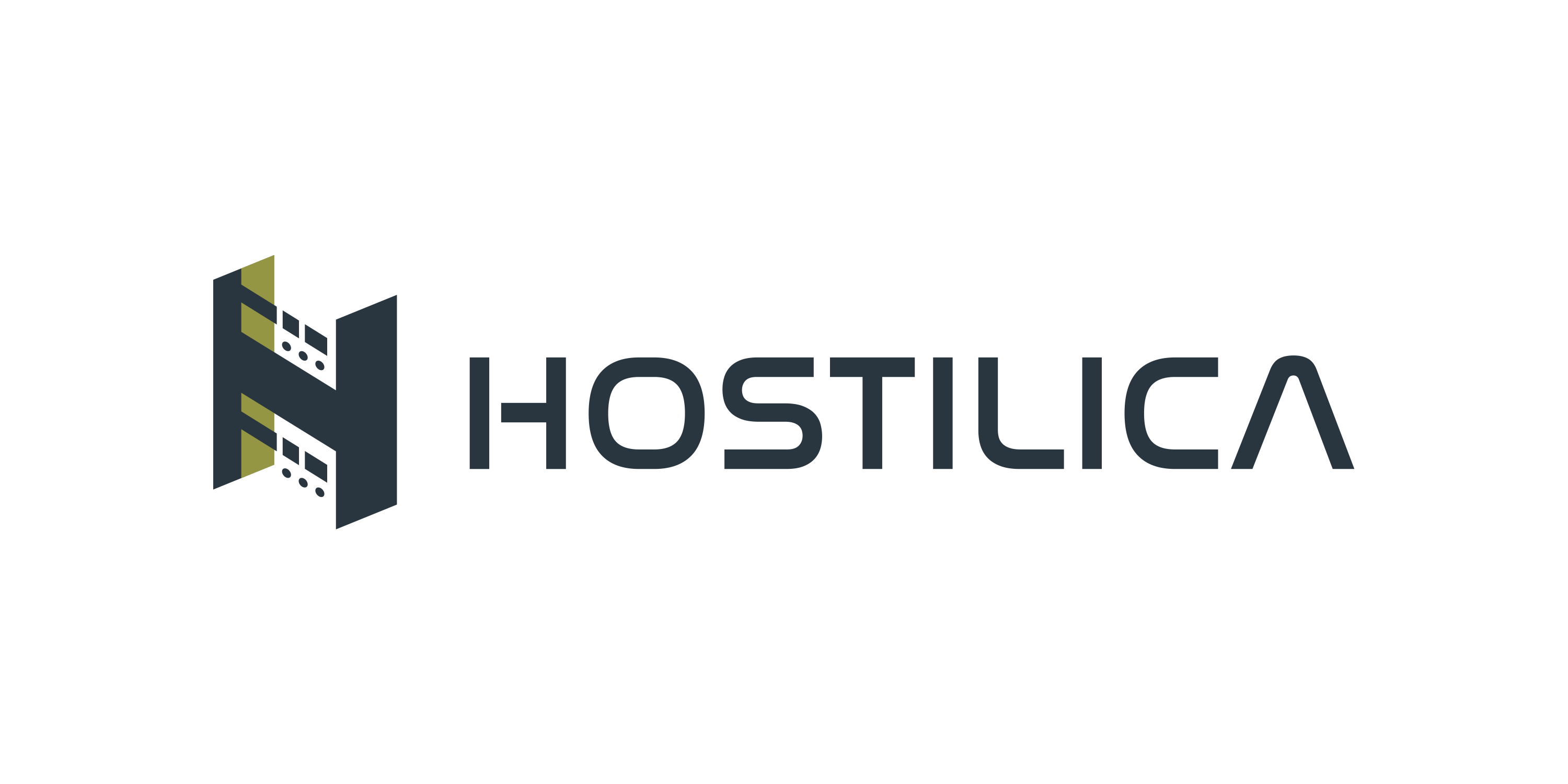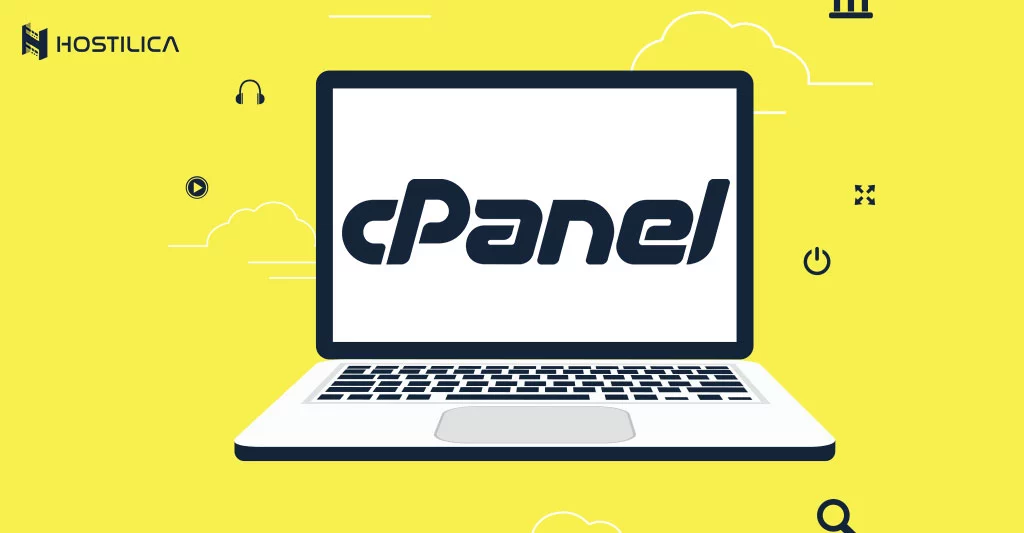Have you ever wondered what website defacement is and how to prevent it? If not, then it is high time that you do some research for yourself. Defacing a web page is to change its appearance (when viewed by the user) by removing, adding, or altering files in the webserver, which is generally done by defacers. Defacers are hackers who hijack your website and replace the hosted website with their own. A defacing attack is considered as an electronic form of graffiti and vandalism.
Defacing attacks are generally executed via one of five ways:
1-Unauthorized access:
This one is relatively simple. A hacker has somehow gotten the credentials to access your web hosting and changed the website files directly. This can be done by various methods, such as phishing, brute force or a vulnerability in your CMS.
2-SQL injection:
Also known as SQLI is a common attack in which the attacker tries to guess how your database works and how it is structured and sends malicious queries to display data that is not intended to be displayed; this includes but not limited to sensitive company data and user lists. After gaining some information, the hacker can then gain administrative rights to your database and manipulate the site as he sees fit.
3-Cross site scripting (XSS):
The difference between cross site scripting (XSS) and other similar types of attacks (e.g. SQL injection) is that it targets the users of a web application not the web application itself. The way it works is that hackers scan for vulnerabilities in your web application and injects malicious code into the web application. The malicious code can be a trojan horse that modifies your content.
4- DNS hijacking:
DNS hijacking is also known as DNS redirection. It’s a type of attack in which DNS queries are incorrectly resolved in order to direct users to malicious sites. DNS hijacking is executed by installing malware on users’ computers, hacking their routers or hijacking DNS servers.
How to protect your website from these attacks
You can protect your website from website defacement attacks by following security best practices below:
Following the principle of least privilege
The principle of least privilege (PoLP) is a concept in information security. All users are given the minimum level of access or permission to do their jobs. By limiting access and permissions to your website, you decrease the risk of a compromised account doing damage.
Never use the default admin or email
When setting up a server or cms, always change the default user, password, and directory because hackers know them all too well and try to use them to gain access to your website.
Limit the use of addons and plugins
The more plugins or addons you add to platforms such as Joomla and WordPress, the more likely you are to have vulnerabilities in your website because some of these plugins don’t follow best code practices and are not well updated. Needless to say, you should constantly update your cms and plugins.
Use SSL/TLS
Always use SSL on your websites because this encrypts all communications between the user and your website, preventing Man In the Middle attacks (MITM), which can be used to deface your website for a specific user.
Scan for vulnerabilities
Regularly check your website for vulnerabilities and take the time to remove them completely. This can be time-consuming and may even break some of your website’s functions, but this is the best way to make sure your website is secure and reduces the chance of your website getting hacked. All plans of Hostilica comes with sitelock lite to help you scan for malwares
Conclusion
Making sure your website is secure is not an easy feat. Still, you should always take your security seriously and never ignore the risk of getting hacked, and it will have serious consequences that you may not be able to recover from. Always make sure that you follow security best practices when creating and maintaining a website.




